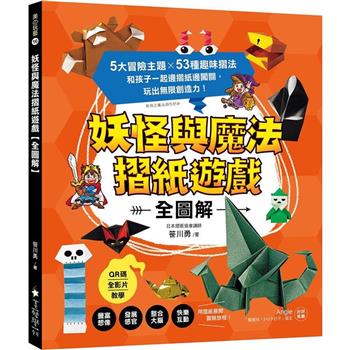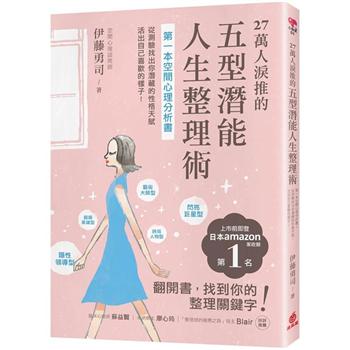Highlighting many examples of previously unseen and unusual garments from one of the preeminent kimono collections, this dazzling volume explores the Khalili Collection of kimono’s powerful selection of modernity and propaganda pieces from the first half of the 20th century.
One of the most recognizable aspects of Japanese culture, the kimono was once a vital everyday garment worn by adults and children across Japan. While the basic form of the T-shaped, straight-seamed, front-wrapping kimono has changed very little over the centuries, the onset of the twentieth century ushered in a variety of influences, including western-style clothing; a desire for practicality and comfort; the emergence of Japanese identity in the wake of World War II; pop culture; and high fashion. Featuring more than 200 full color photographs and insightful commentary by Jacqueline Atkins, renowned textile historian, this volume introduces readers to the concepts of Omoshirogara kimono or "amusing/interesting garments," and Sensōgara, or war/propaganda garments. It details changes in fabrics and production techniques and explores differences across gender and age. A vibrant survey of an important and rarely covered aspect of Japanese culture, this volume chronicles the kimono’s dynamic role against the backdrop of social, cultural, and global change.| FindBook |
有 1 項符合
Kimono: Images of Culture 1915-1950 in the Khalili Collections的圖書 |
 |
Kimono: Images of Culture 1915-1950 in the Khalili Collections 作者:Atkins 出版社:Prestel Publishing 出版日期:2024-12-10 語言:英文 規格:精裝 / 320頁 / 普通級/ 初版 |
| 圖書館借閱 |
| 國家圖書館 | 全國圖書書目資訊網 | 國立公共資訊圖書館 | 電子書服務平台 | MetaCat 跨館整合查詢 |
| 臺北市立圖書館 | 新北市立圖書館 | 基隆市公共圖書館 | 桃園市立圖書館 | 新竹縣公共圖書館 |
| 苗栗縣立圖書館 | 臺中市立圖書館 | 彰化縣公共圖書館 | 南投縣文化局 | 雲林縣公共圖書館 |
| 嘉義縣圖書館 | 臺南市立圖書館 | 高雄市立圖書館 | 屏東縣公共圖書館 | 宜蘭縣公共圖書館 |
| 花蓮縣文化局 | 臺東縣文化處 |
|
|
圖書介紹 - 資料來源:博客來 評分:
圖書名稱:Kimono: Images of Culture 1915-1950 in the Khalili Collections
內容簡介
作者簡介
Jaqueline Atkins is a curatorial consultant and textile historian. She is a consultant at The Kubota Kimono Collection, Itchiku Kubota Museum and has curated for Fenimore Art Museum, New York an the International Chodiev Foundation. She is author of Wearing Propaganda: Textiles on the Home Front in Japan, Britain and the United States (Yale University Press, 2005) and Shared Threads: Quilting Together Past and Present (Studio, 1994).
|










